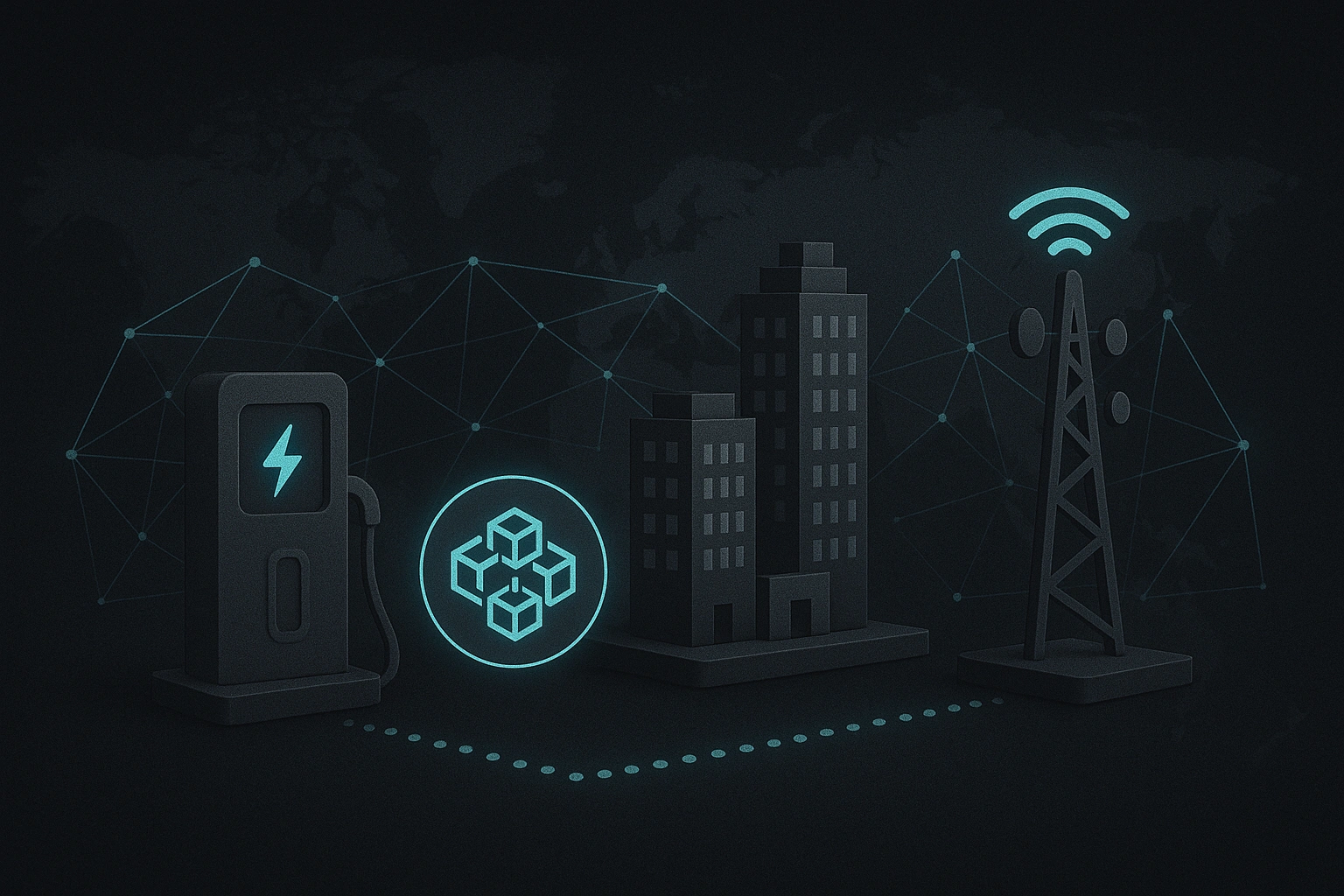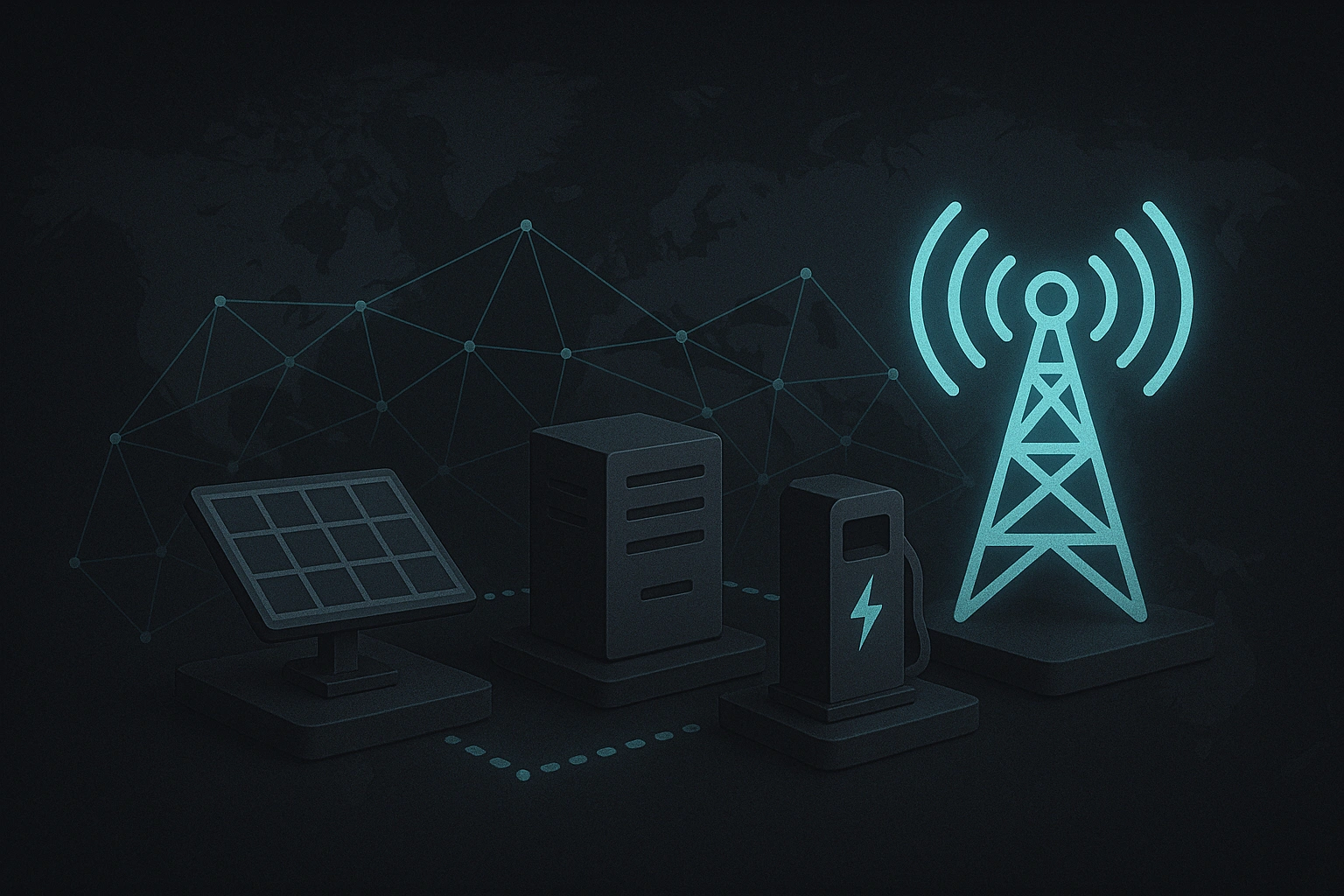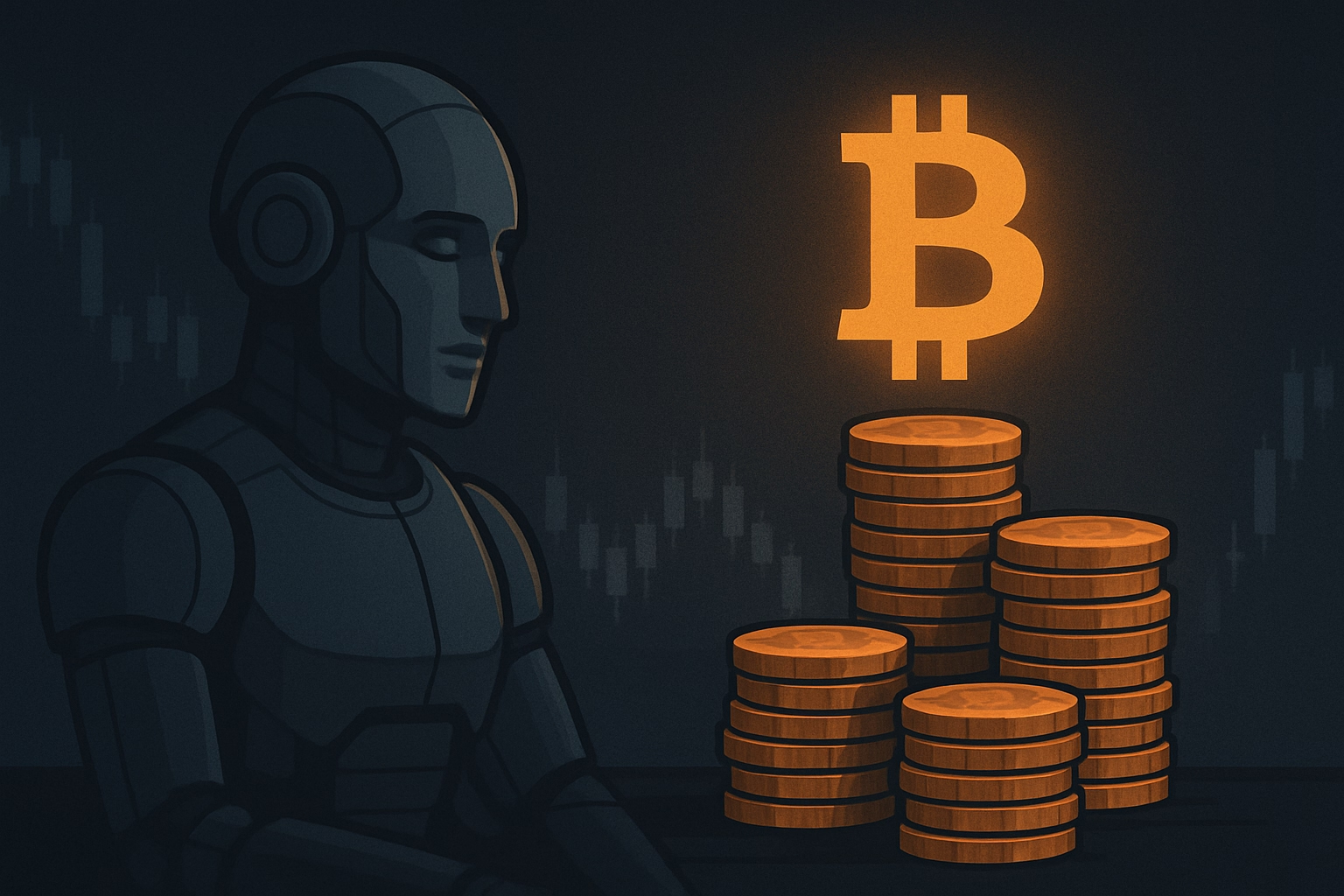Over the past few years, a new concept has started reshaping how real-world infrastructure is built and maintained: DePIN, or Decentralized Physical Infrastructure Networks.

While blockchain has revolutionized finance through DeFi, DePIN brings decentralization to the physical world — creating networks that power real infrastructure like storage, wireless connectivity, energy grids, and mobility systems.
But what is DePIN crypto, how does it work, and why is it becoming one of the hottest narratives in Web3? Let’s explore.
What Is DePIN Crypto?
DePIN (Decentralized Physical Infrastructure Network) refers to blockchain-based systems that incentivize individuals and companies to contribute real-world infrastructure — such as hardware, sensors, or computing power — in exchange for crypto rewards.
In other words, DePIN turns physical resources into decentralized, community-owned networks. Instead of a corporation building and owning infrastructure, the network participants provide it collectively and earn tokens for doing so.
Examples include:
- Helium (HNT): A decentralized wireless network powered by community-operated hotspots.
- Render Network (RNDR): A distributed GPU rendering platform.
- Filecoin (FIL): A decentralized data storage network.
- HiveMapper (HONEY): A global mapping project using dashcams operated by contributors.
These projects represent a growing shift from digital-only blockchain use cases to real-world, utility-driven networks.
How DePIN Works
DePIN systems combine three essential layers:
- Physical Infrastructure Layer – Devices, sensors, or hardware provided by network participants.
- Blockchain Layer – A distributed ledger that manages transactions, governance, and rewards.
- Token Incentive Layer – Tokens that motivate participation and ensure fair compensation for contributors.
By aligning economic incentives with infrastructure growth, DePIN networks can scale faster and more efficiently than traditional, centralized systems.
Key DePIN Use Cases
The variety of DePIN use cases is expanding across industries. Here are the most prominent categories:
1. Connectivity and Networking
Projects like Helium create decentralized wireless networks for IoT and mobile devices, reducing reliance on telecom giants.
2. Decentralized Storage and Computing
Filecoin, Arweave, and Render let users rent out unused storage or GPU capacity, forming global data economies.
3. Mapping and Mobility
HiveMapper and DIMO reward drivers for sharing vehicle or road data — building open-source maps and transportation analytics.
4. Energy and Sustainability
Some DePIN models focus on renewable energy grids, enabling peer-to-peer power sharing and incentivized carbon tracking.
5. Sensor Networks and Smart Cities
IoT sensors deployed across cities can collect real-time environmental data, improving logistics, air quality, and urban management.
These applications demonstrate how blockchain technology can support tangible, physical systems — not just digital tokens or smart contracts.
DePIN vs DeFi: The Next Phase of Web3
While DeFi (Decentralized Finance) disrupted traditional banking, DePIN extends decentralization into the physical domain. The two share core principles — transparency, token incentives, and community governance — but differ in focus.
DeFi
- Scope: Financial services
- Assets: Digital tokens
- Users: Traders, investors
- Revenue Source: Fees, liquidity provision
DePIN
- Scope: Real-world infrastructure
- Assets: Physical devices & data
- Users: Builders, contributors
- Revenue Source: Hardware deployment, data usage
In simple terms, DeFi digitizes money, while DePIN decentralizes infrastructure. Together, they form the foundation of a fully autonomous digital-physical economy.
Benefits of Decentralized Physical Infrastructure Networks
The decentralized physical infrastructure network model offers numerous advantages over traditional systems:
- Scalability: Crowdsourced infrastructure grows organically without central coordination.
- Resilience: Distributed networks reduce single points of failure.
- Cost Efficiency: No corporate overhead — participants earn directly from contributions.
- Transparency: Blockchain-based governance ensures open accountability.
- Incentive Alignment: Token rewards motivate real-world participation and maintenance.
This structure allows innovation to thrive globally — anyone with the right hardware can join, contribute, and earn.
Challenges and Future Outlook
Despite its promise, DePIN is still in its early stages and faces notable challenges:
- Hardware Verification: Ensuring devices genuinely perform their tasks.
- Sustainability: Balancing token inflation with real-world utility.
- Regulatory Clarity: Governments may view DePIN projects as new forms of infrastructure investment.
- User Education: Many users still conflate DePIN vs DeFi, limiting adoption.
However, as blockchain technology matures, DePIN networks are likely to become the backbone of Web3’s physical layer — merging on-chain economies with real-world productivity.
Final Thoughts
DePIN crypto represents the next leap in blockchain evolution — decentralizing not only data and finance but the very infrastructure that powers our world.
By connecting physical devices through open networks and tokenized incentives, DePIN paves the way for a new era of participatory infrastructure, where communities, not corporations, build the systems of tomorrow.
As we look ahead, DePIN stands as a cornerstone of Web3 — transforming how we connect, compute, and collaborate in the decentralized future.



